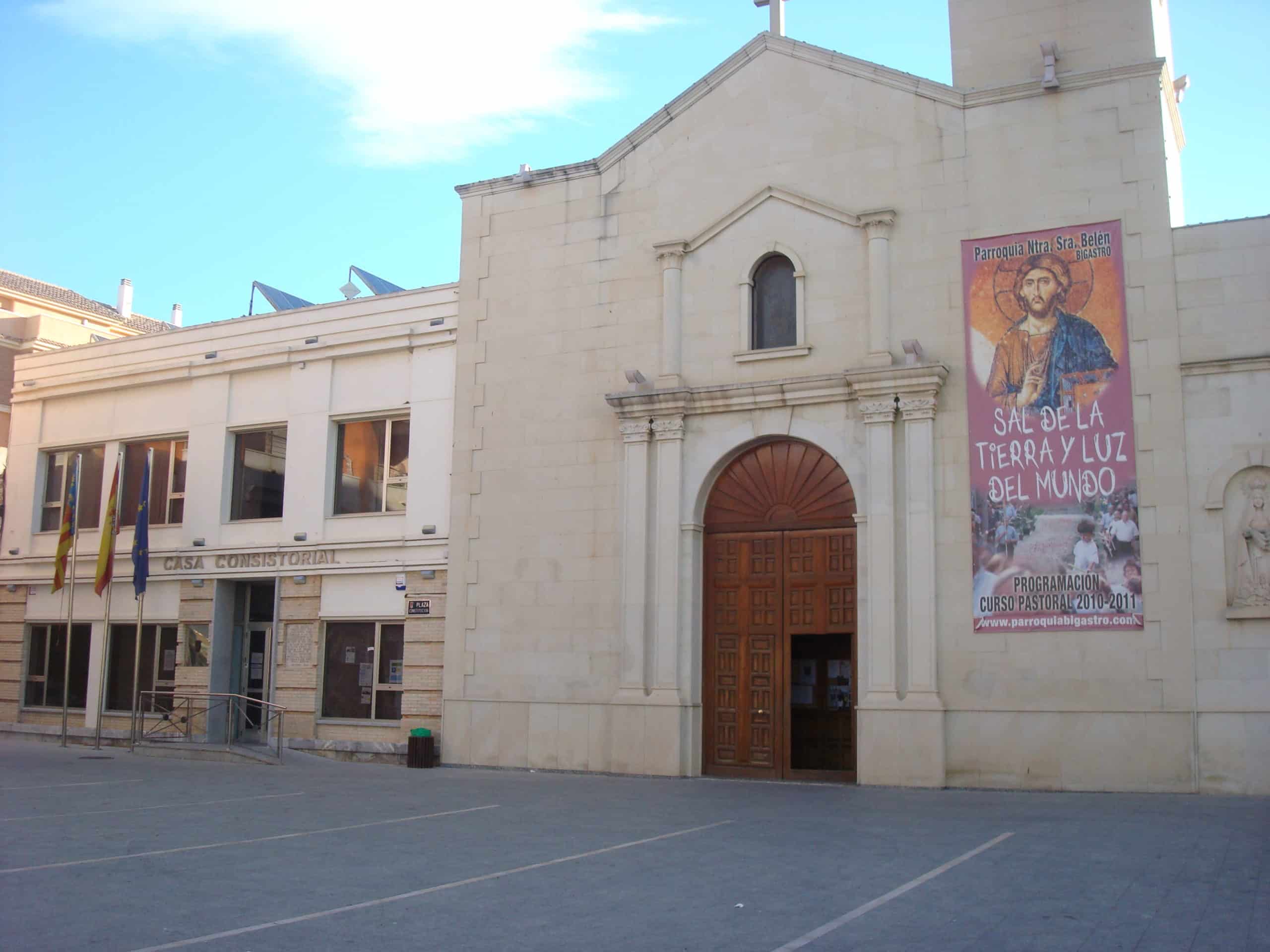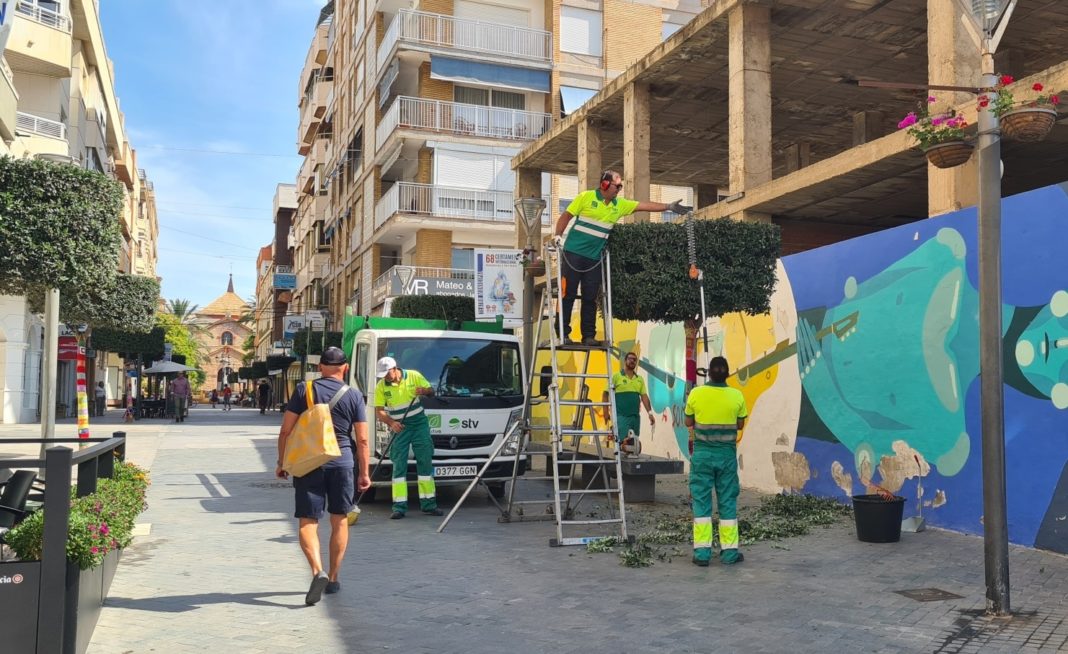Of the 27 municipalities that make up the Vega Baja, 18 have accumulated a debt of 54.8 million euros, according to data published by the Ministry of Finance for the year 2021.
Eleven of them are owe more than one million with Bigastro topping the list owing 15.6 million.
Next comes Orihuela (7.4), Pilar de la Horadada (6), Callosa de Segura (5.8), Torrevieja (5), Daya Vieja (2.7), Dolores and Guardamar del Segura (2.4), Cox (1.6) and Redován and Benijófar (1.3).
Catral and Daya Nueva are close to one million euros while further down the table are Almoradí (764,619 euros), Granja de Rocamora (373,953), Benferri (152,219), Rojales (50,000) and Rafal (47,000).
Nine municipalities closed the year without debt, despite the additional strains put on their budgets by the pandemic: Algorfa, Albatera, San Miguel de Salinas, Formentera del Segura, San Isidro, Jacarilla, San Fulgencio, Benejúzar and Los Montesinos.
In terms of indebted municipalities by their population, Daya Vieja heads the ranking with each of its 707 residents, at the end of 2021, owing 3,827 euros. In second place is Bigastro, with 2,230 euros of debt for each of its 6,994 inhabitants, followed by Daya Nueva (521), Benijófar (390), Dolores (313), Callosa (300), Pilar de la Horadada (266), Cox (213), Redován (164), Guardamar (151), Granja de Rocamora (143), Catral (108), Orihuela (94), Benferri (78), Torrevieja (60), Almoradí (36), Rafal ( 10) and Rojales (3).
Since it was declared bankrupt in 2008, Bigastro continues as one of the most indebted towns in Spain in proportion to its population. In 2011 the City Council was almost taken over by the Valencian Community in the face of a debt of more than 31 million euros (5,000 euros per person), which was revealed following the replacement of the PSOE council by the PP in coalition with the Popular Liberal and Centrist Union, which had to make immediate cuts, including the Christmas lights that year, due to the difficult financial situation.

All in all, however, the general trend is downward, following the introduction of the Budgetary and Financial Stability Law after the financial crisis of 2012. However, the arrival of the pandemic made the spending ceiling set a little more flexible.
Only six localities have increased their debt compared to 2020. Granja de Rocamora has an increase of 282,870 euros, which translates into 108 euros more debt per person. Then comes Redován, with 151,218 (16 euros more per inhabitant); Rojales, 43,166 (3); Daya Nueva, 21,137 (5); Bigastro, 19,434 (reduced its debt by 25 euros per capita), and Daya Vieja is 9,465 lower, but 139 euros more per resident, the highest increase of all.
In contrast, those that have reduced by the most are Torrevieja (5 million euros less than the previous year), Orihuela (3.4 million), Pilar de la Horadada (3 million), Guardamar (674,656 euros), Albatera (474,006), Dolores (348,202), San Fulgencio (345,461), Callosa (310,551), Benijófar (284,155), Almoradí (276,312), Cox (226,020) and Benferri (101,479), while in the remaining nine municipalities the reduction is less significant.
Pilar de la Horadada is the one that has managed to reduce its debt per inhabitant the most compared to 2020, now it owes 141 euros less per inhabitant.
The total debt of the 8,131 municipalities in Spain is shown as 17,324 million euros. The province of Alicante has a total debt of 217 million euros while within the Valencian Community as a whole it is 1,218 million, listed in third position behind Madrid and Catalonia.





